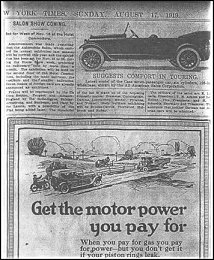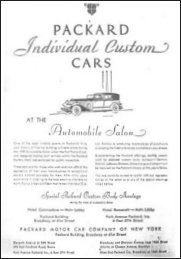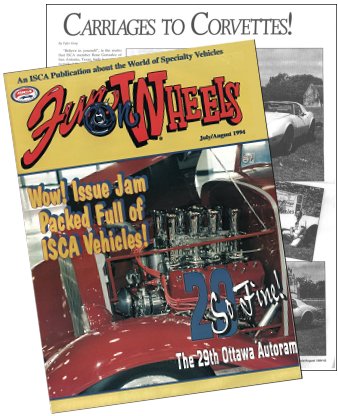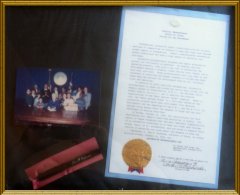If we define the word “automobile” a vehicle capable of generating its own power, then we should attribute the concept of the motorcar to the inventor of a particular desire – the desire to travel quickly and independently, to explore new lands and experience the exhilaration afforded by the luxury of speed on the land.
To search for the embryo of what may be considered- for the better part the symbol of modern civilization would be to search in vain, for the idea of the automobile has existed throughout the ages in the dreams and imagination of all men as early as 150 BC; the automobile can be seen among the sketches of Leonardo da Vinci, in his Codices’ Atlántico and even in the works of Hero of Alexandria who foresaw the possibility of using steam to replace horses.
THE COMBUSTION ENGINE & THE BIRTH OF THE AUTOMOBILE
The principle of the combustion engine stems from the pistol constructed by Allesandro Volta in 1777, consequently an explosion of a mixture of marsh gas and air fired by an electric spark rather than gunpowder. On the basis of Volta’s work, Isaac de Rivaz of Switzerland obtained a patent in 1807 to use the gas-air mixture as a source of mechanical energy. An engine was fitted into a carriage and consisted of a cylinder in which the explosion pushed up a piston which operates a rocker arm or pulleys as it returned back down. The use of gas was not without risks, and the war-de Rivas was one of Napoleon’s officers interrupted the development of what was the first important forerunner of the automobile.
The real breakthrough in the development of the combustion engine was the introduction of the four-stroke cycle patented by the Frenchman Alphonse Beau de Rochas in 1862, which was firmly established with the 8 hp engine introduced by Otto in1876. Development of the internal combustion engine was also underway in the United States, most notably in the work of George Brayton, an engineer from Boston who tested his engine on a vehicle in 1876, at the Philadelphia Centennial Exhibition in the same year, Brayton and Otto met and exchanged ideas. Another American, George Baldwin Sleden, obtained a patent in 1877 for a vehicle driven by a Brayton engine which saw the start of locomotion in America.
In 1872, Gottlieb Daimler joined the Deutz Company as chief engineer and Wiheln Maybach as chief designer, their contributions over the next ten years were reflected in the 2000 Otto engines sold in Europe in 1875. In 1882, Daimler and Maybach Left Deutz to start up on their own company in Cannstatt near Stuttgart, Germany.
AutoSalonRRG.com
Meanwhile, another German, Karl Benz, the owner of Benz & Company in Mannheim, developed his own engine with electric ignition and brought out a three wheel vehicle in 1886, the first automobile to introduce a revolutionary new idea in vehicles; the engine and the chassis formed a single unit. The Benz automobile was officially launched on July 3, 1886 in Mannheim, when the car reached 15 km/h (9.3mph) with a single-cylinder 984cc engine developing 0.9hp at 400 rpm.
THE HISTORY OF AN AUTOMOBILE SALON
 Originally the name Auto Salon was named, “The Importers Automobile Salon, Inc.”, on July 29, 1904. Walter R. Lee, having passed the five year mark of its existence, dating from its incorporation it finds itself in relatively the same position as far as membership is concerned as at the time of its incorporation. At that time about eight firms figured in the roll call, which represented the very best element of automobile importers then doing business in America.
Originally the name Auto Salon was named, “The Importers Automobile Salon, Inc.”, on July 29, 1904. Walter R. Lee, having passed the five year mark of its existence, dating from its incorporation it finds itself in relatively the same position as far as membership is concerned as at the time of its incorporation. At that time about eight firms figured in the roll call, which represented the very best element of automobile importers then doing business in America.
Men of national and international prominence in the sport and industry have in the past been at the head of the organization. C.R. Mabley of the pioneer automobile importation firm of Smith and Mabley, who, besides being one of the organizers, was for several years dating from its inception, its President. Subsequently to Mr. Mabley’s incumbency, J.S. Josephs of the Fiat Automobile Company, Andre Massenet of Panhard & Levassor, and William H. Barnard of the Delahaye Import Company. Andre Massenet & William H. Barnard headed the organization in a smaller capacity. Paul Lacroix of the Renault Frères’ headed up the selling branch. These are some of the pioneers that started this organization (Lee).”
Company, Andre Massenet of Panhard & Levassor, and William H. Barnard of the Delahaye Import Company. Andre Massenet & William H. Barnard headed the organization in a smaller capacity. Paul Lacroix of the Renault Frères’ headed up the selling branch. These are some of the pioneers that started this organization (Lee).”
AutoSalonRRG.com
The exhibition of these vehicles in America was commonly referred to as the Salon Models, for example the Delaunay-Bellville, which was exhibited in the Foreigners row at the Grand Central Palace, by Brewster & Co. Originally the object of the Salon was to hold an individual importers’ show of their own.
Previous to their organization, however, they were admitted to automobile shows of other organizations, at best on sufferance, and were usually regulated to the basement or some obscure corner of the exhibition hall where many of the visitors failed to find them. Many will remember the Salon’s “Declaration of Independence,” when it formally announced the first Importers’ Automobile Salon at Macy’s Hall, late in December of 1904. The show was a great success in every way, sharing a great deal of the patronage accorded to the successful American show then in progress at the Garden.
In general the Salon was the first to present the scheme of uniform decorations, which has been in popular vogue at all automobile shows held in America. The following year the Salon secured the Madison Square Garden for an exclusive exhibition of their own, which proved a revelation to automobiledom, because of the beauty of the decorations and the wonderful showing of foreign cars. Foreign Ambassadors and others in high in politics of the nation and society of the metropolis graced the occasion, causing it to be correctly termed “The Paris Salon in America”.
In conclusion, the U.S. Patent and Trademark Office granted submission to record, that Auto Salon International Corporation, dba as Auto Salon, #1972139, be allowed registration of its trademark Auto Salon, which was again the first in the United States under International Trademark Rules and Regulations.

